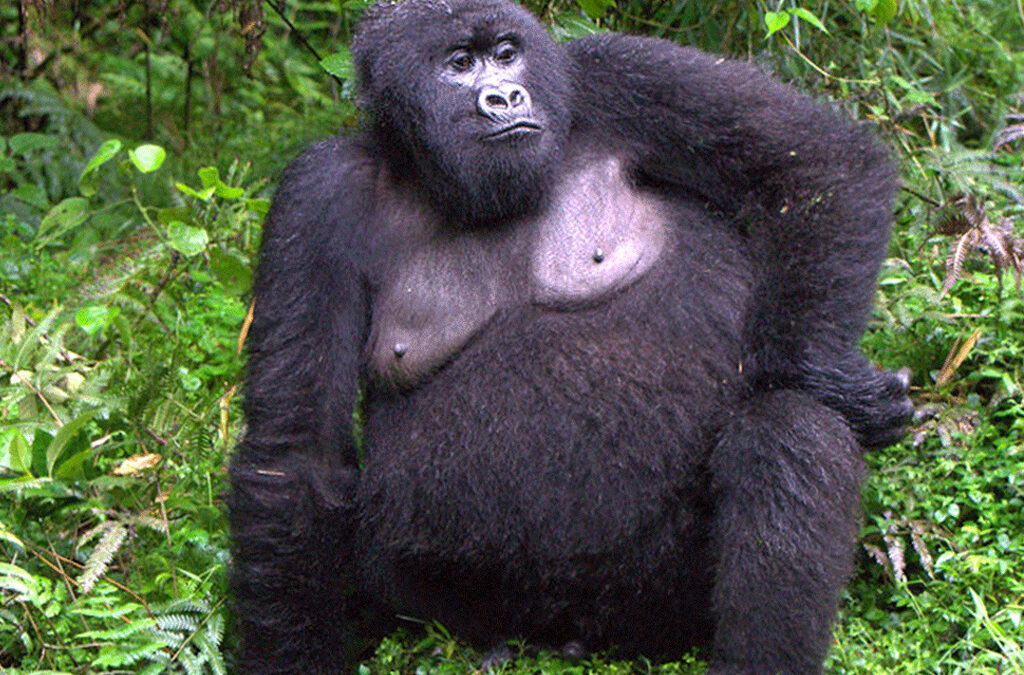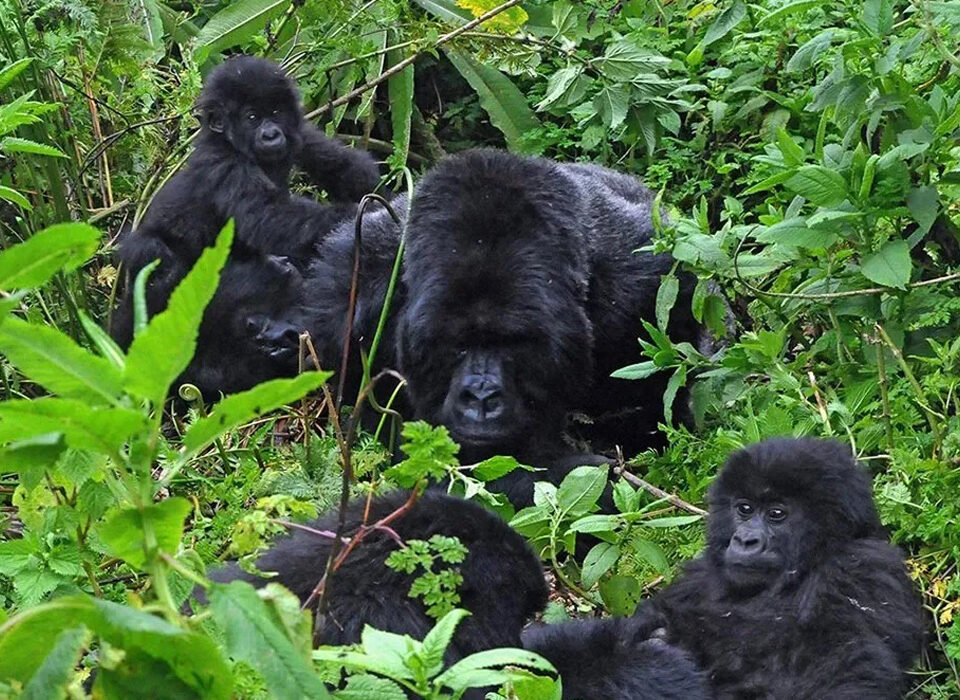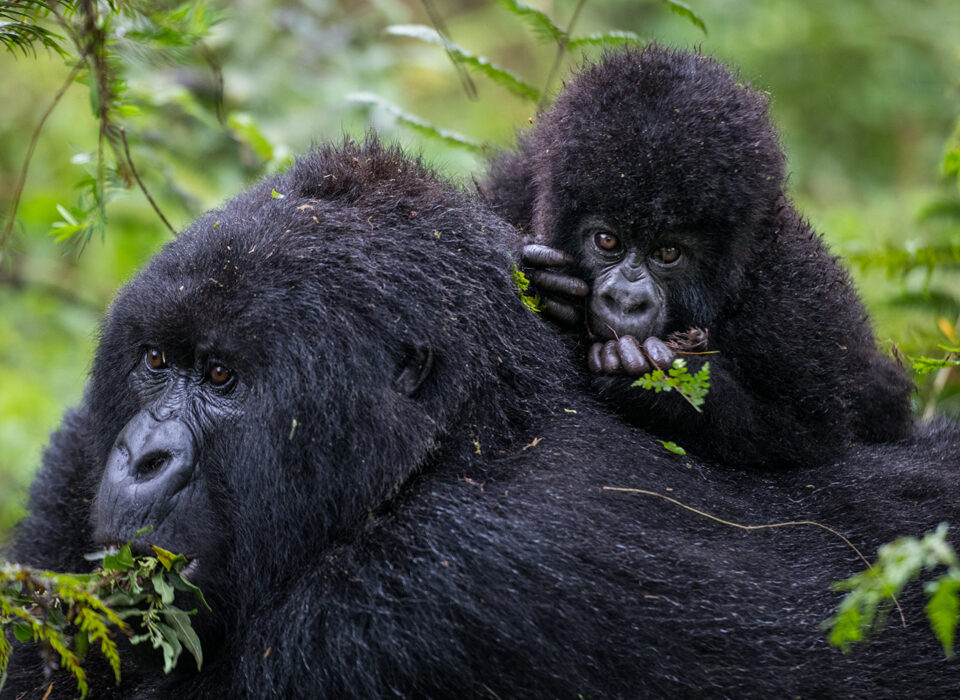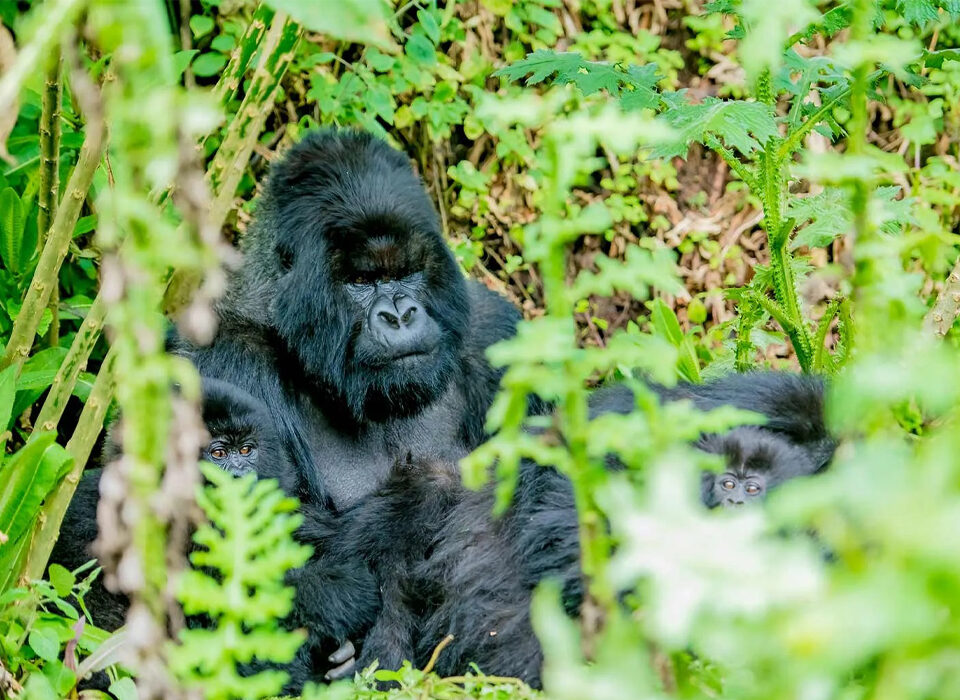- GET IN TOUCH WITH US:
- +256 753518160
- +256 777842166
- info@experiyatourcompany.com

Where You Should Stay for Gorilla Trekking in Bwindi
October 6, 2025
Tanzania’s Cultural Tours Beyond the Wildlife
October 6, 2025Why Female Gorillas Are Important in Gorilla Families

Rwanda offers an incredible range of safari activities for travelers seeking unforgettable wildlife and cultural experiences. From birding safaris and chimpanzee trekking in Nyungwe Forest National Park to canopy walks, Kigali city tours, and wildlife adventures in Akagera National Park the country is a treasure trove for nature enthusiasts. However, among all these attractions, mountain gorillas remain Rwanda’s most iconic species. Found mainly in Volcanoes National Park, these magnificent apes are the highlight of most Rwanda safaris.
Beyond their majestic appearance, gorillas have complex family structures, social hierarchies, and emotional connections that make observing them fascinating. Within these families, female gorillas play a crucial role not just in reproduction but in shaping the stability, survival, and success of their groups. According to studies by the Dian Fossey Gorilla Fund scientists, the contribution of female gorillas is vital to the overall well-being and evolution of gorilla societies.
The Social Structure of Gorilla Families
Gorilla families, often referred to as troops or groups, are typically led by a dominant silverback the mature male responsible for protecting the family, mediating conflicts, and leading group movements. A single group can include several adult females, their offspring, and sometimes younger males called blackbacks.
While the silverback commands attention for his size and leadership, it is the female gorillas who truly influence the group’s continuity and dynamics. Their choices regarding which group to join, stay in, or leave determine not only the group’s composition but also its genetic diversity and future generations.
Why Female Gorillas Transfer Between Groups
One of the most fascinating aspects of gorilla behavior is the movement of females from one family group to another. Unlike males, who often stay within their natal group until they are old enough to form their own, females are known to emigrate once they reach sexual maturity. This behavior, common among all gorilla species, serves several important biological and social purposes.
1. Avoiding Inbreeding
The primary reason for female transfer is to avoid inbreeding. Once a female matures, staying in the same group as her father or brothers would increase the risk of mating with close relatives. By moving to another group, she ensures genetic diversity within the species a critical factor for healthy population growth and resilience.
2. Seeking a Stronger or More Protective Male
Another key motivation for female movement is the search for a more dominant or protective silverback. The safety and success of her offspring depend heavily on the male’s ability to defend the group from external threats, rival males, and predators. If a female perceives that another silverback offers better protection or stability, she may choose to transfer.
3. Loss of an Offspring
In some cases, the loss of an infant can trigger a female’s decision to leave her group. Losing a baby is a traumatic event for a gorilla mother. She may associate the loss with her current environment or the inability of her group’s silverback to protect her offspring. Consequently, she may seek a new group led by a stronger or more capable male who can better safeguard her future young.
4. Gradual and Strategic Movement
Female transfers rarely happen overnight. The process often involves careful observation and multiple attempts to find the right family or dominant male. During intergroup encounters moments when two gorilla families come into contact females may use the opportunity to evaluate potential new groups. Almost without exception, transfers occur during these interactions. This deliberate and strategic process highlights the intelligence and agency of female gorillas.
How Female Transfers Shape Gorilla Society
The choices female gorillas make have profound implications for gorilla society. Each transfer contributes to the genetic mixing of the population, which strengthens the species’ overall survival. Moreover, the formation and transformation of new groups often depend on female movements.
When a female joins a new silverback, she may attract other females to follow, gradually forming a stable unit. Over time, such transfers can lead to the creation of entirely new gorilla families, ensuring population expansion and balance.
Furthermore, the success of male gorillas measured by their ability to attract and retain females directly depends on these transfers. A silverback with several females not only gains reproductive success but also secures a lasting legacy through his offspring. Therefore, the decisions of females determine which males thrive and which ones struggle to maintain dominance.
The Importance of Female Choice
Female gorillas are far from passive members of their groups. Their choices about where to live, whom to mate with, and when to move all play a critical role in shaping the evolutionary success of their species.
By choosing dominant, strong, and protective males, females ensure that their offspring inherit desirable traits a process that strengthens the population over generations. This natural selection driven by female preference mirrors patterns seen in many other primate species, including humans.
Additionally, the movement of females fosters cooperation and balance between different groups. As they transfer, they carry new social behaviors, genetic material, and stability, enriching the overall gorilla community.
Female Gorillas and Group Stability
Although the silverback is often viewed as the pillar of the gorilla family, females provide its foundation. Their social bonds, maternal instincts, and nurturing behavior keep the group cohesive. Female gorillas spend much of their time caring for infants, grooming each other, and maintaining harmony within the troop.
When conflicts arise, females often act as mediators. Their ability to build strong relationships with other members helps maintain peace and cooperation. Without their influence, groups would face instability, tension, and reduced reproductive success.
Conservation and the Future of Gorilla Families
Thanks to dedicated conservation efforts in Rwanda, Uganda, and the Democratic Republic of Congo, mountain gorilla populations are slowly increasing. Protection through daily monitoring, anti-poaching patrols, and community-based conservation programs has helped these endangered apes recover from near extinction.
In Rwanda’s Volcanoes National Park, visitors can witness the fascinating behavior of gorilla families up close through guided gorilla trekking experiences. Observing how females interact, care for their infants, and move among groups offers deep insight into their social complexity.
Beyond Rwanda, mountain gorillas also thrive in Bwindi Impenetrable National Park and Mgahinga Gorilla National Park in Uganda, as well as Virunga National Park in the Democratic Republic of Congo. Each of these destinations provides an opportunity to learn about gorilla behavior while contributing to their long-term conservation.
Conclusion
Female gorillas are the heart of gorilla society. Their decisions shape the structure, strength, and future of their families. Through their movements, mate choices, and maternal care, they ensure genetic diversity, social stability, and the survival of their species.
While the silverback leads and protects, it is the female gorilla’s wisdom and choice that sustain the family’s legacy. Understanding and appreciating their role deepens our respect for these remarkable apes and highlights the importance of continued conservation efforts across East Africa.
By visiting destinations like Volcanoes National Park, travelers not only witness one of nature’s most powerful connections but also support the preservation of gorilla families for generations to come.



